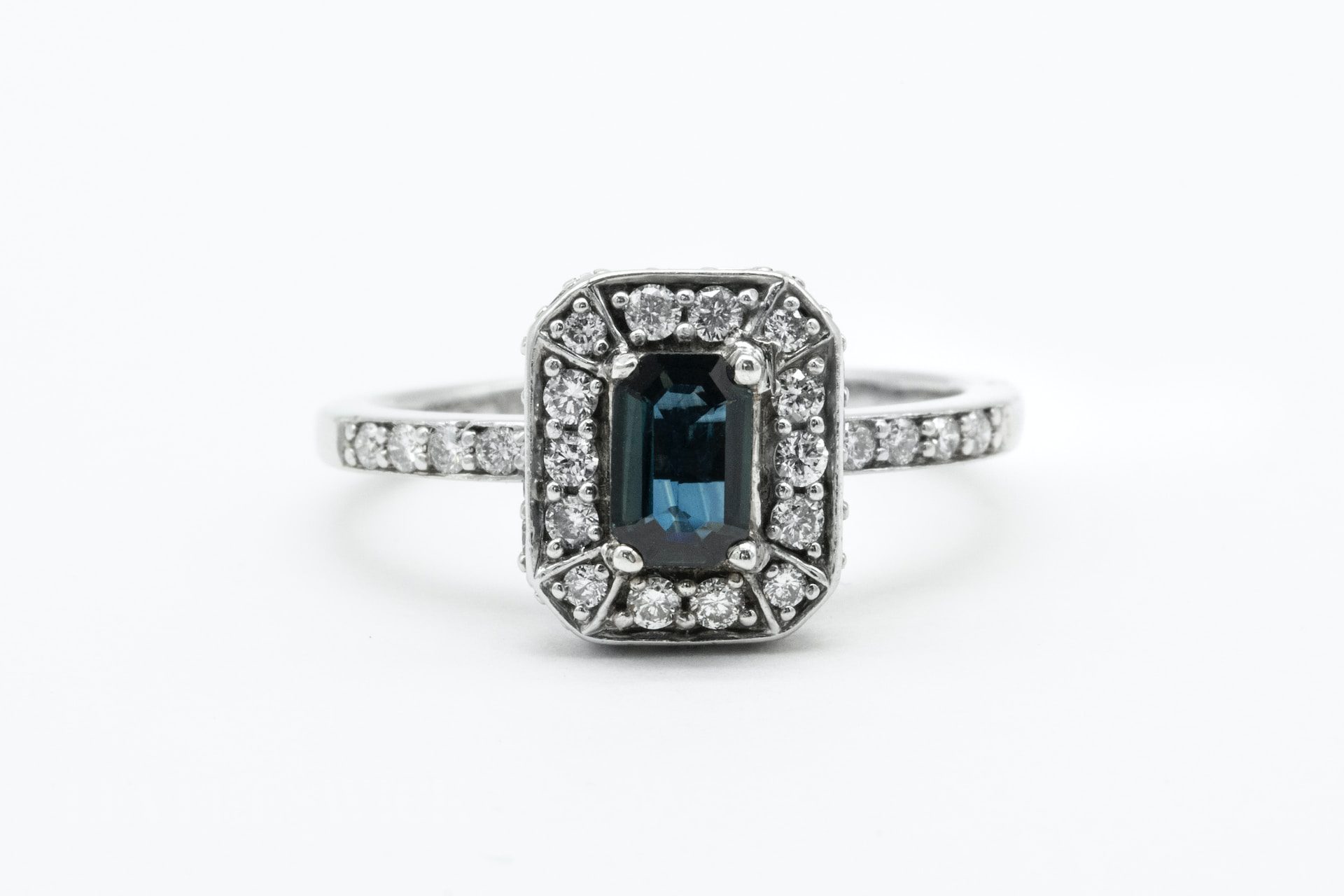Key Takeaways:
- Lab-grown alexandrites offer cost-effective and ethical alternatives to their natural counterparts.
- Synthetic alexandrites possess similar physical, chemical, and optical properties to natural ones.
- The lab-grown alexandrite price, being around $500 per carat, offers accessibility to a wider audience.
- Environmental concerns lean towards the favor of lab-grown gemstones.
- Both natural and synthetic alexandrites showcase the coveted color-changing property.
The Rising Star: Alexandrite’s Journey from Obscurity to Popularity
Alexandrite’s initial discovery in Russia’s Ural Mountains in 1834 presented the world with a gem that exhibits a captivating dance of colors – shifting from sparkling red in daylight to vibrant green under nighttime conditions. Named after Czar Alexander of Russia, its unique hues symbolized the Russian imperial family. However, with depleting supplies in Russia by the 1890s, the gem’s allure only intensified, making the Brazilian discovery in 1987 a cause for celebration among gem enthusiasts.
Synthetic Alexandrite: A Gemological Marvel
With the scarcity of natural alexandrite, the advent of lab-grown variants addressed accessibility concerns. Synthetic alexandrites mimic the real gem in crystal structure, chemical composition, and even the iconic color-changing property. Unlike natural gems that might carry imperfections or “inclusions,” lab-grown alexandrites are often flawless, offering superior clarity.
Benefits of Opting for Lab-Created Alexandrite:
- Affordability: The lab-grown alexandrite price makes this gem accessible to those who may find the natural variant prohibitively expensive.
- Variability: Synthetic processes offer greater control, leading to a wider array of colors and cuts.
- Durability: Matching natural alexandrites in hardness, the lab-grown gems can withstand daily wear and tear.
Decoding the Price Tag of Synthetic Alexandrite
While the color-changing property largely defines an alexandrite’s worth, factors such as color quality, clarity, and weight play crucial roles in determining its price. Synthetic alexandrite typically retails around $500 per carat. However, the allure of a strong color shift may sometimes overshadow other considerations, like size or minor inclusions, in a buyer’s mind.
The Ethics and Environmental Impact of Lab-Grown Gems
One cannot overlook the ethical concerns associated with mining. Reputable dealers ensure sourcing from mines that uphold worker rights and maintain safe conditions. On the other hand, lab-grown alexandrites come with an added advantage: a significantly lower environmental footprint. The controlled environment in which these gems are produced reduces the ecological damage linked with mining processes.
The Alexandrite Effect: A Color Play Phenomenon
Both mined and lab-created alexandrites exhibit the mesmerizing color shift, moving from green in daylight to red in incandescent lighting. This phenomenon, known as the “alexandrite effect,” is also observed in other gemstones like garnets and sapphires. However, synthetic alexandrites faithfully replicate this effect, ensuring that buyers experience the gem’s primary allure.
A World of Imitations: Distinguishing Real from Fake
While alexandrite is a form of chrysoberyl, not all color-changing chrysoberyls are genuine alexandrites. The market is replete with synthetic variants like color-change corundum or even color-change glass, often misleadingly termed as “alexandrite jewelry”. Understanding the nuances can help buyers make informed decisions.
In Conclusion
The synthesis of alexandrite in labs offers gem enthusiasts a chance to experience the magic of this rare stone without the hefty price tag and ethical concerns of mining. With their striking resemblance in properties and appearance to natural gems, lab-grown alexandrites stand as a testament to human ingenuity, bringing the wonders of the earth to the masses.








